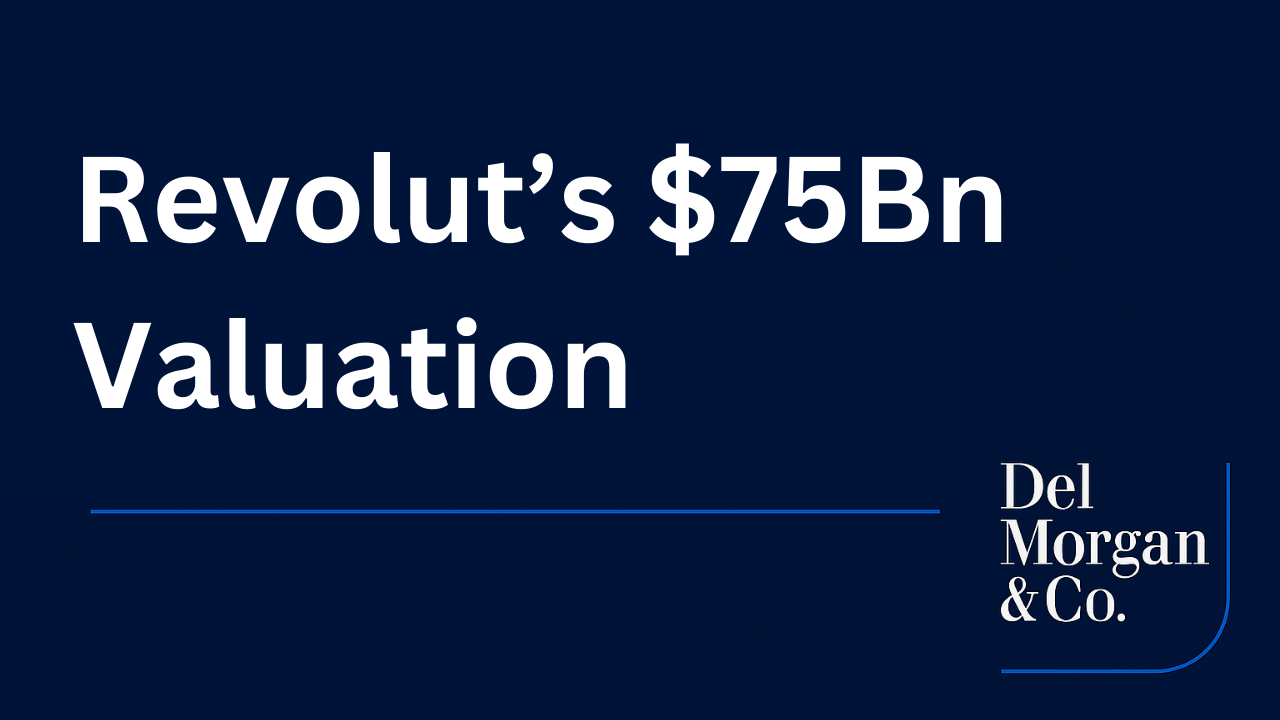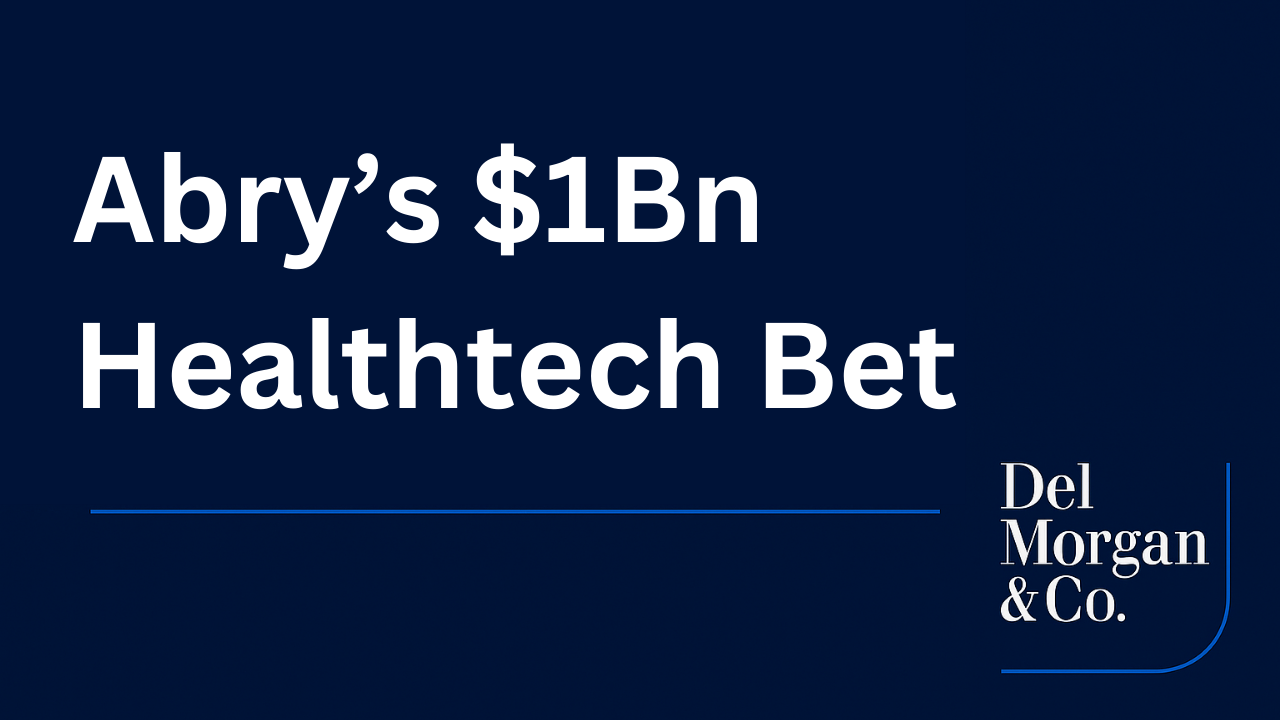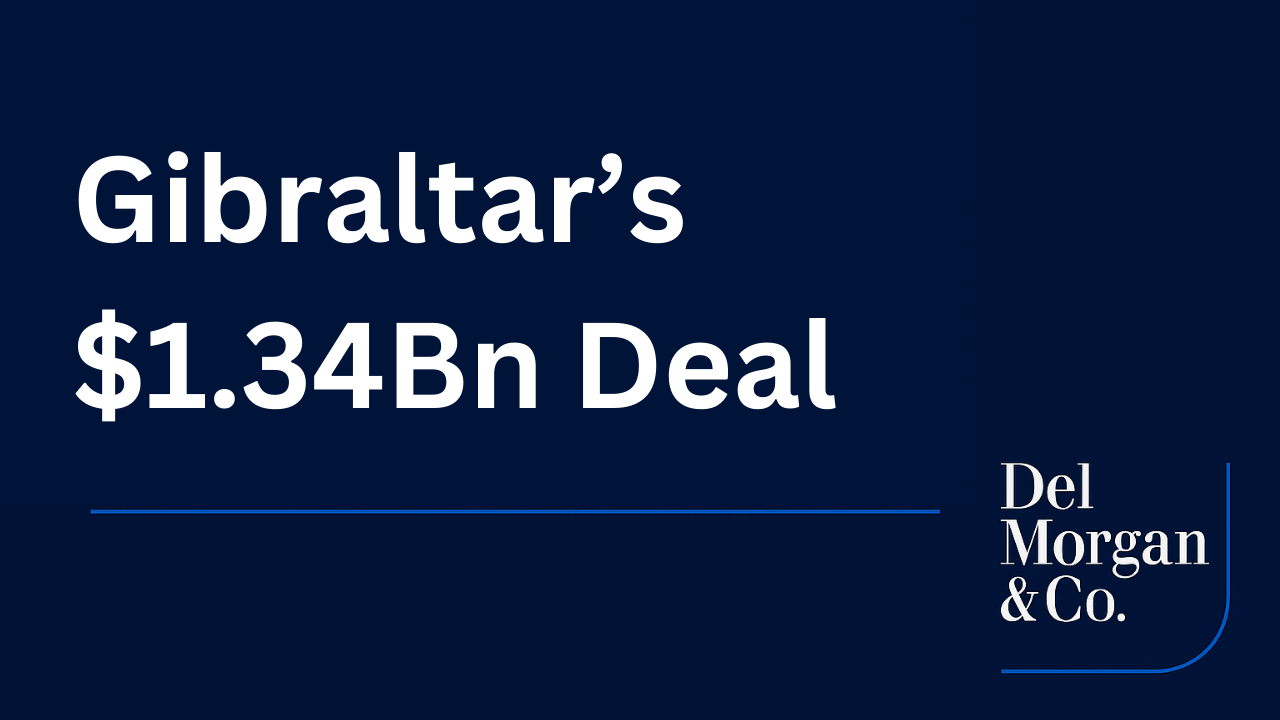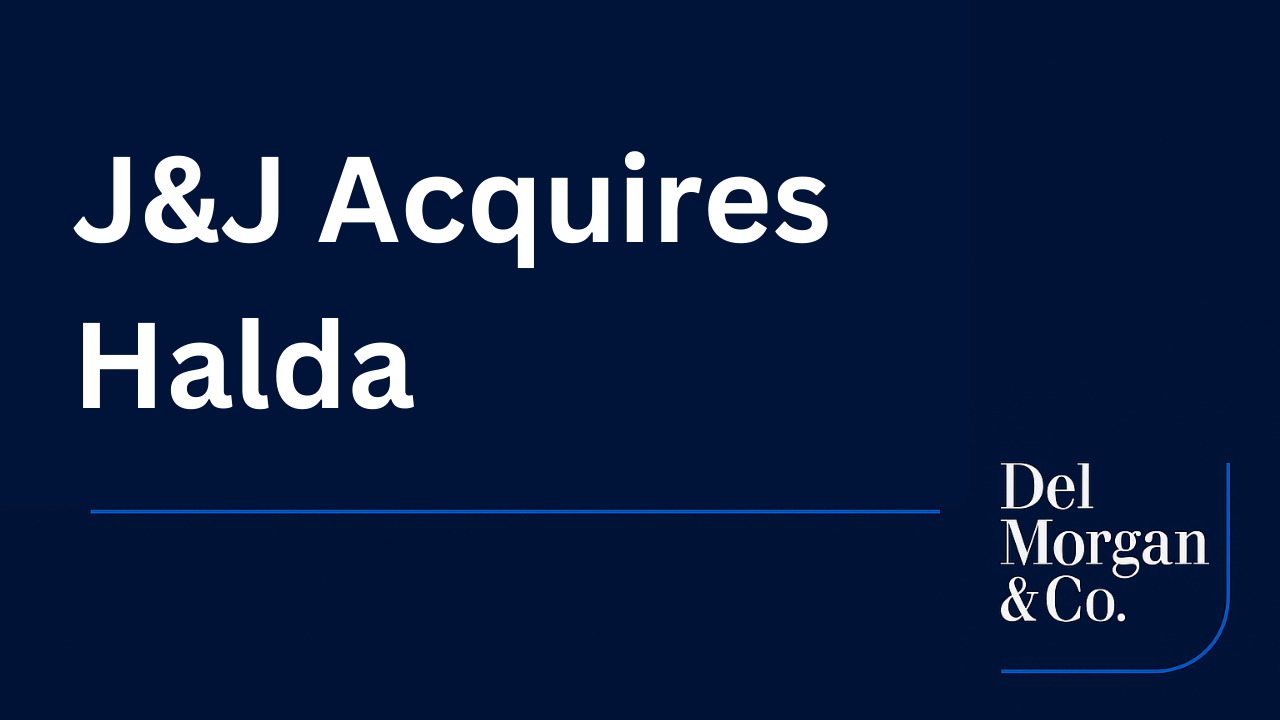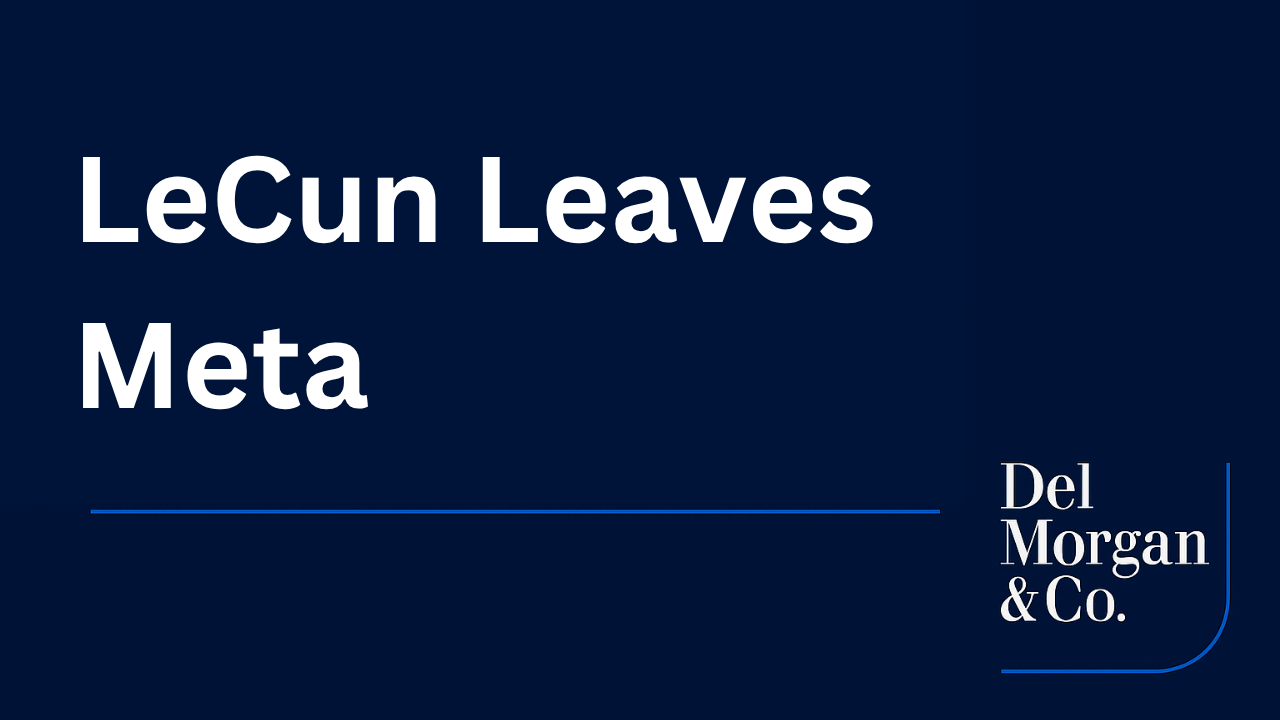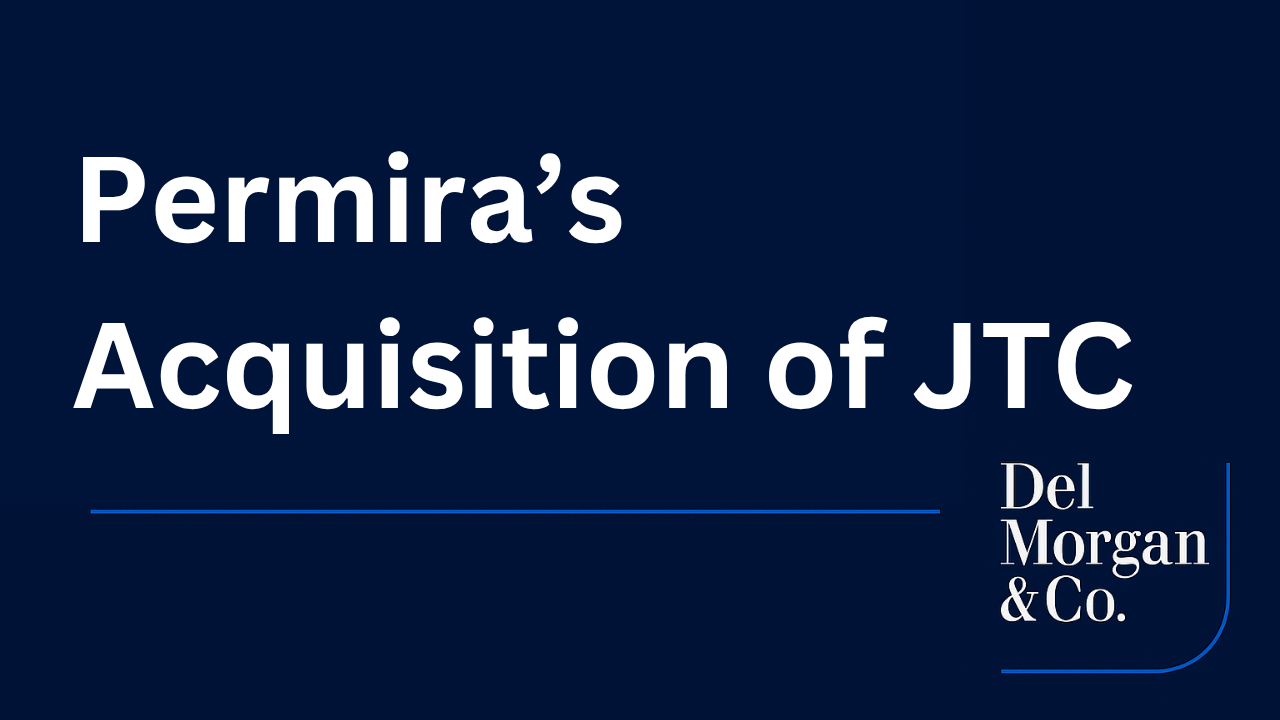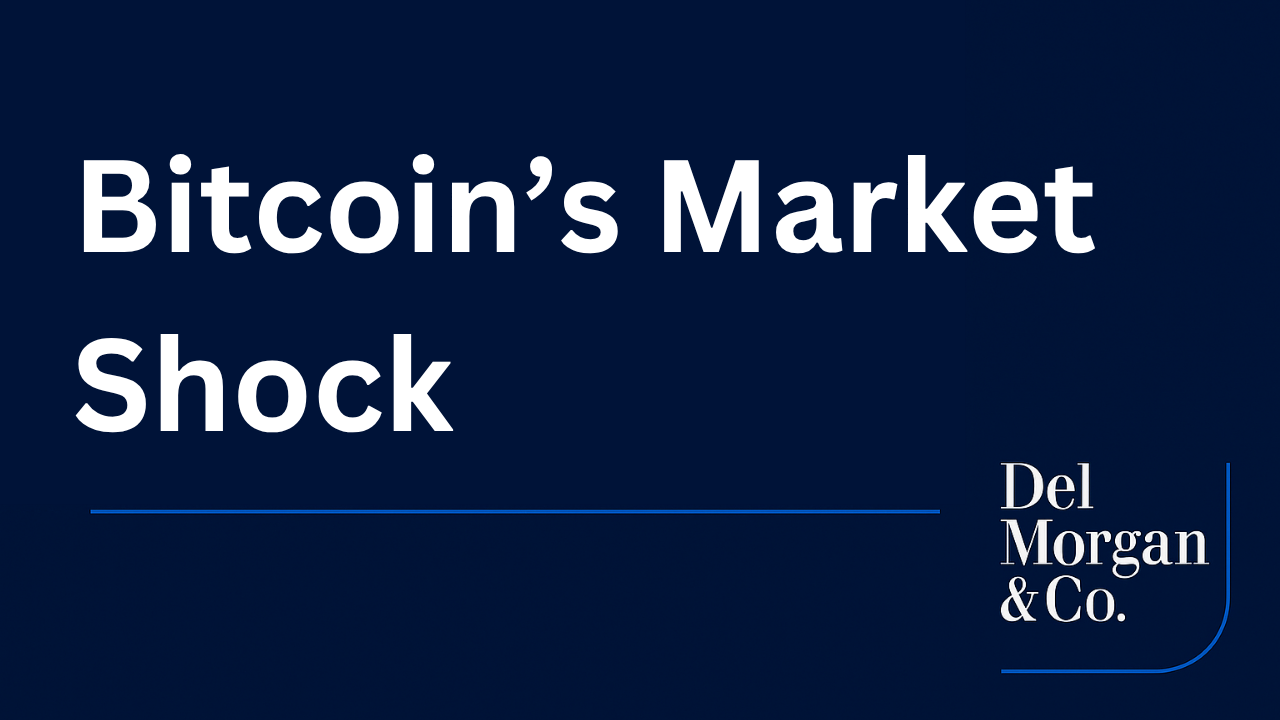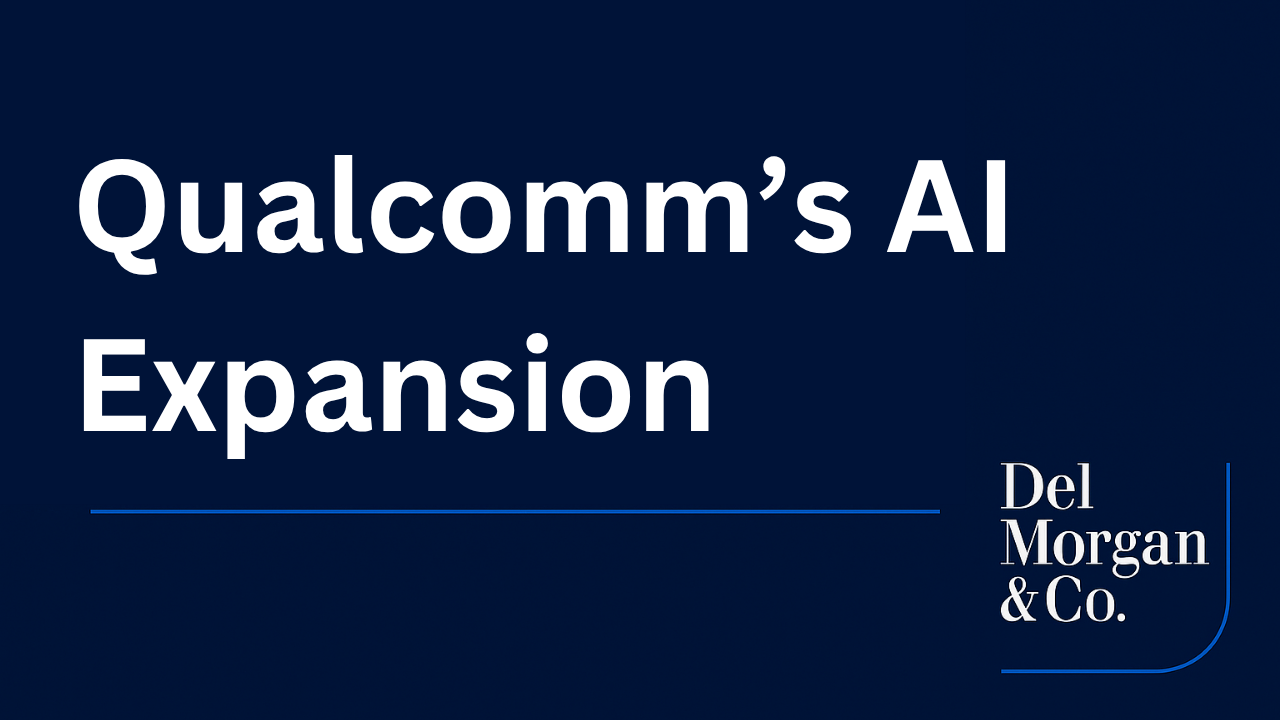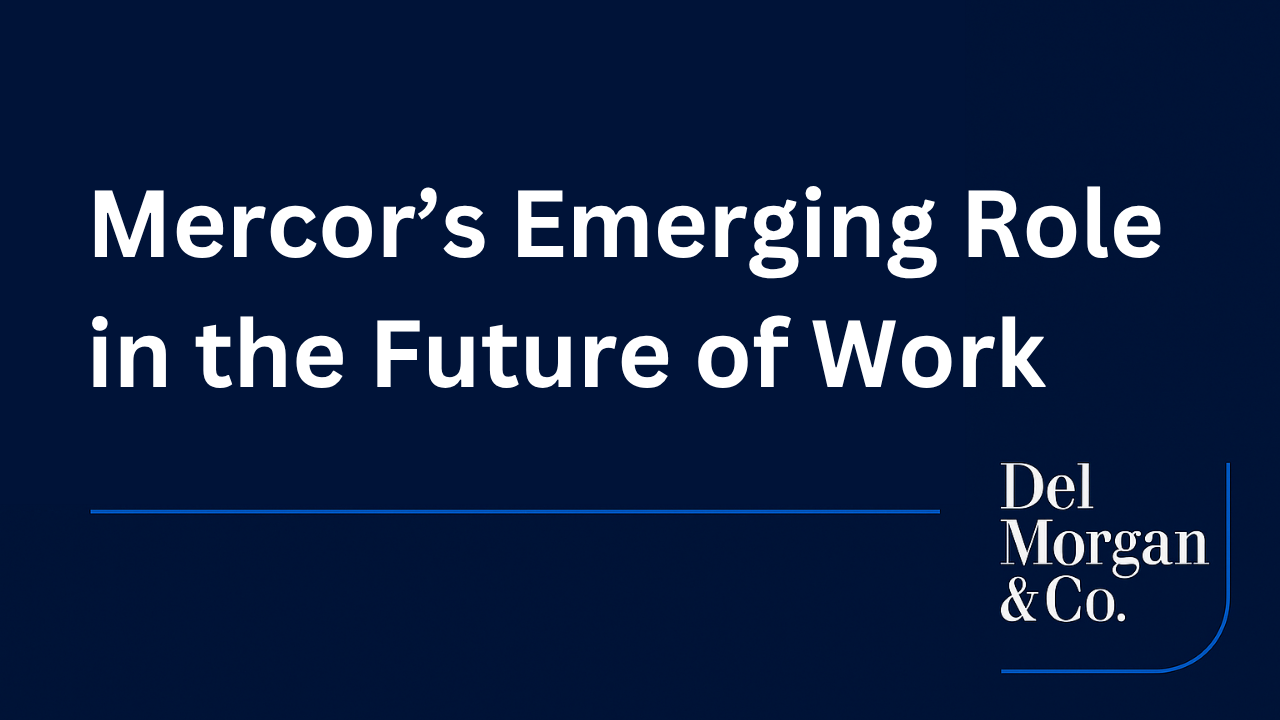The luxury sector is undergoing a dynamic revival, fueled by resilient consumer demand, strategic branding and heightened investor interest. Despite inflationary challenges, luxury brands continue to thrive by leveraging loyal customer bases and global appeal. At DelMorgan & Co., we anticipate 2025 to be a transformative year for the luxury market, with significant opportunities in mergers and acquisitions (M&A), capital raising and digital innovation. This article delves into the key drivers of this growth, including shifting consumer behaviors, technological advancements and the expanding role of private equity.

Collectibles: Blending Passion with Profit
Luxury collectibles, such as vintage watches, rare handbags, fine wines and classic cars, have evolved beyond symbols of prestige to become compelling investment assets. These items deliver both emotional satisfaction and substantial financial returns, appealing to collectors and investors alike. A notable example is the Hermès Birkin bag, which, according to a 2016 Baghunter study, achieved an average annual return of over 14% from 1980 to 2015, surpassing the S&P 500 and gold (Baghunter, 2016). This dual value of personal enjoyment and economic gain positions collectibles as a unique asset class in modern portfolios.
Technology is further driving interest in this space. Platforms offering fractional ownership, such as Rally and Otis, allow investors to purchase shares of high-value items, making luxury investments more accessible. This innovation attracts younger, tech-savvy investors who value cultural significance alongside financial prudence. In an uncertain economic climate, collectibles that appreciate over time serve as a hedge against volatility, blurring the distinction between passion-driven purchases and strategic investments.
Private Equity’s Growing Influence
Private equity firms are increasingly drawn to the luxury sector due to its high profit margins, loyal customer bases and global scalability. Recent investments by firms like L Catterton in beauty and wellness, Carlyle in fashion and Blackstone in skincare highlight the sector’s appeal to institutional investors seeking stable, high-growth opportunities. The luxury market’s attractiveness stems from its robust profit margins, global brand resonance and potential for expansion into niche segments like artisan fragrances, fine jewelry and luxury travel experiences. Brands with established direct-to-consumer channels and clear identities are particularly appealing, as they offer scalability and resilience in competitive markets.
Digital Transformation and Market Accessibility
The digital revolution has transformed the luxury market, enabling brands to connect with global audiences through online platforms and social media. E-commerce and virtual showrooms have made luxury more accessible, particularly to younger consumers who prioritize transparency, authenticity and seamless digital experiences. Online auctions, such as those hosted by Sotheby’s and Christie’s, have streamlined the acquisition of rare collectibles, further driving market
participation. Social media platforms like Instagram and TikTok have become vital tools for brand engagement, allowing luxury companies to showcase their heritage while appealing to modern sensibilities. This digital shift has lowered barriers to entry, expanded market reach and cultivated a new generation of luxury consumers.
Outlook and Strategic Opportunities
The luxury market is well-positioned for sustained growth, driven by strong brand equity, global demand and technological innovation. However, challenges such as economic volatility, inflation and rising environmental, social and governance (ESG) expectations could impact future performance. Brands that fail to adapt risk losing relevance in an increasingly competitive landscape. DelMorgan & Co. sees significant opportunities for luxury brands in 2025, particularly in digital innovation, sustainability, global expansion and strategic M&A or partnerships. Companies that invest in e-commerce, eco-friendly practices and emerging markets like Asia-Pacific and the Middle East can capitalize on investor interest and position themselves for long-term success.
About DelMorgan & Co.
DelMorgan & Co. is a leading global investment bank headquartered in Santa Monica, in the greater Los Angeles area of Southern California. With over $300 billion of successful transactions in over 80 countries, DelMorgan‘s Investment Banking professionals have worked on some of the most challenging, most rewarding and highest profile transactions in the U.S. and around the globe.
